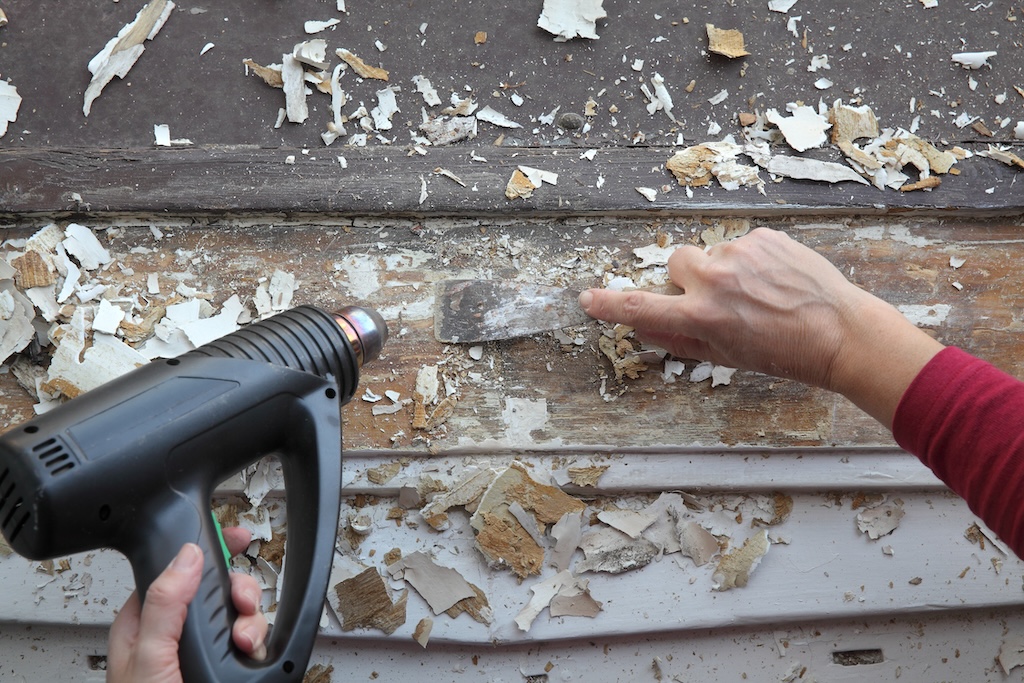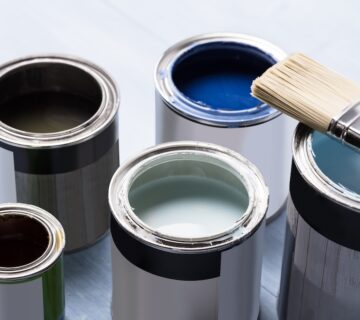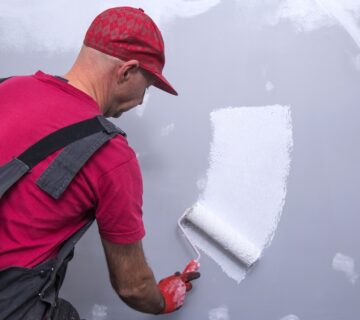When tackling a paint removal project, the methods generally fall into two main categories: chemical and heat. Each method has its own set of advantages, challenges, and appropriate use cases. In this blog, we’ll explore these two popular methods for paint removal. Our goal is to help you decide which is best suited for your specific project.
Chemical Paint Strippers
How They Work
Chemical paint strippers are designed to break down the chemical bonds of paint, making it easy to scrape or wipe away. These products usually contain solvents that penetrate and soften the paint. By disrupting the structure of the paint, these strippers facilitate the removal process. They are particularly useful for dealing with multiple layers of old paint.
Types of Chemical Strippers
There are various types of chemical strippers, including caustic, solvent-based, and bio-based. Caustic strippers typically contain lye and work by breaking down the paint’s chemical structure. Solvent-based strippers dissolve the paint for removal, while bio-based strippers, which are newer to the market, utilize natural solvents and are often more environmentally friendly. Each type has its specific applications and safety requirements.
Considerations and Safety
When using chemical strippers, it’s important to work in a well-ventilated area and wear protective gear, as the chemicals can be harsh and potentially harmful. These products are ideal for intricate surfaces where sanding or heating is impractical. However, they can be messy and may require multiple applications for tough jobs. It is also essential to follow disposal regulations for chemical strippers to minimize environmental impact.
Heat Methods for Paint Removal
Heat Guns and Infrared Devices
The heat method typically involves using a heat gun or an infrared paint remover. Heat guns blow hot air onto the painted surface, which softens the paint for easy scraping. Infrared devices heat the paint in a more controlled manner, which reduces the risk of damaging the wood beneath or releasing toxic fumes. Each of these tools requires a different technique and safety measures.
Advantages of Heat Methods
Heat methods are environmentally friendly, as they don’t involve chemicals. They’re often faster than chemical strippers, especially for large, flat surfaces. These methods are particularly effective on thick layers of old paint. Furthermore, the heat method can be a more health-conscious choice, avoiding the fumes associated with chemical strippers.
Safety and Limitations
While heat methods are less messy than chemical stripping, they require caution. Excessive heat can char wood and even start a fire, so it’s crucial to use these tools carefully. They’re also not suitable for heat-sensitive surfaces, such as those with certain types of paint or finishes. It is important to stay attentive and regularly check the surface temperature during the process.
Making the Right Choice
Assessing Your Project
The choice between chemical and heat methods depends on the nature of your project. Chemical strippers are versatile and can be used on almost any surface but might be overkill for small jobs. On the other hand, heat methods are fast and effective but may not be suitable for intricate or delicate surfaces. Consider the scale and detail required for your project before choosing.
Personal Safety and Environmental Impact
Consider your personal safety and the environmental impact of your choice. If you’re working indoors or are sensitive to harsh chemicals, a heat method might be preferable. Conversely, for outdoor projects or where fine detail work is needed, a chemical stripper could be more effective. Each method’s environmental footprint should also influence your decision.
Final Thoughts
Both chemical and heat methods for paint removal have their place in the DIY toolkit. The right choice depends on the specifics of your project, including the type of surface, the amount of paint to be removed, and your personal preferences regarding safety and environmental impact. By understanding the pros and cons of each method, you can approach your paint removal project with confidence. For more DIY tips and advice, visit our website at sisupainting.com and explore our blog at sisupainting.com/blog.





No comment